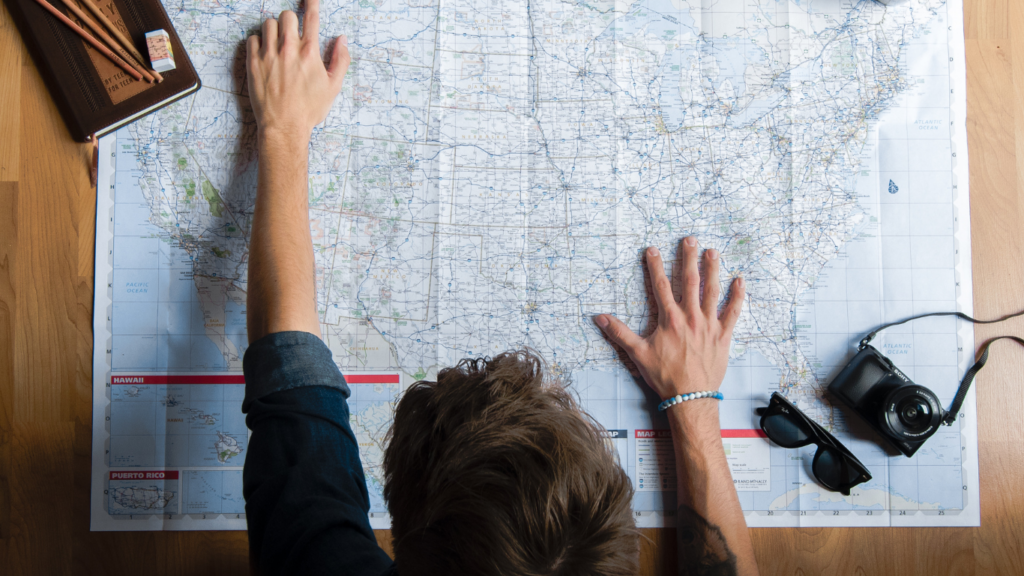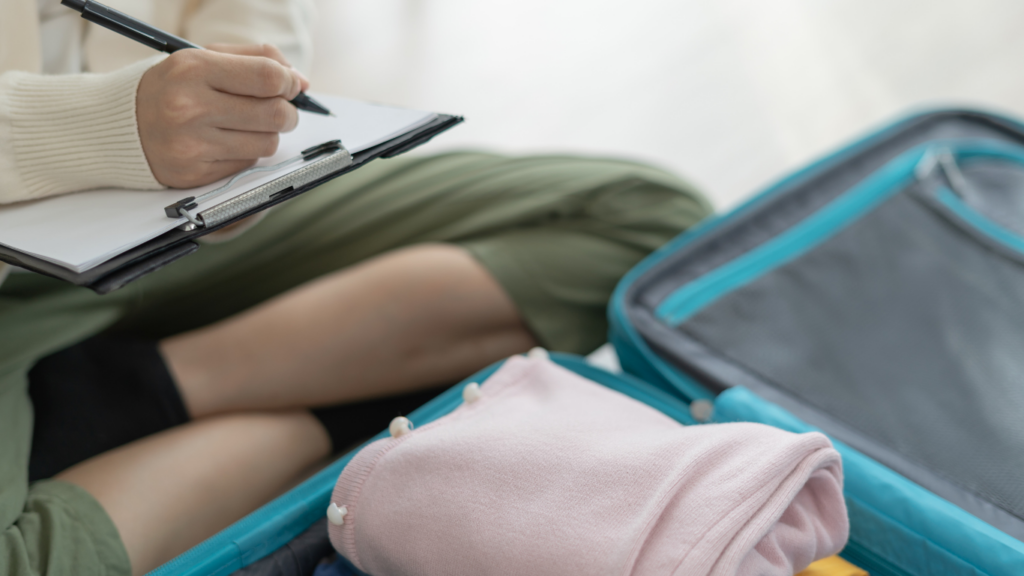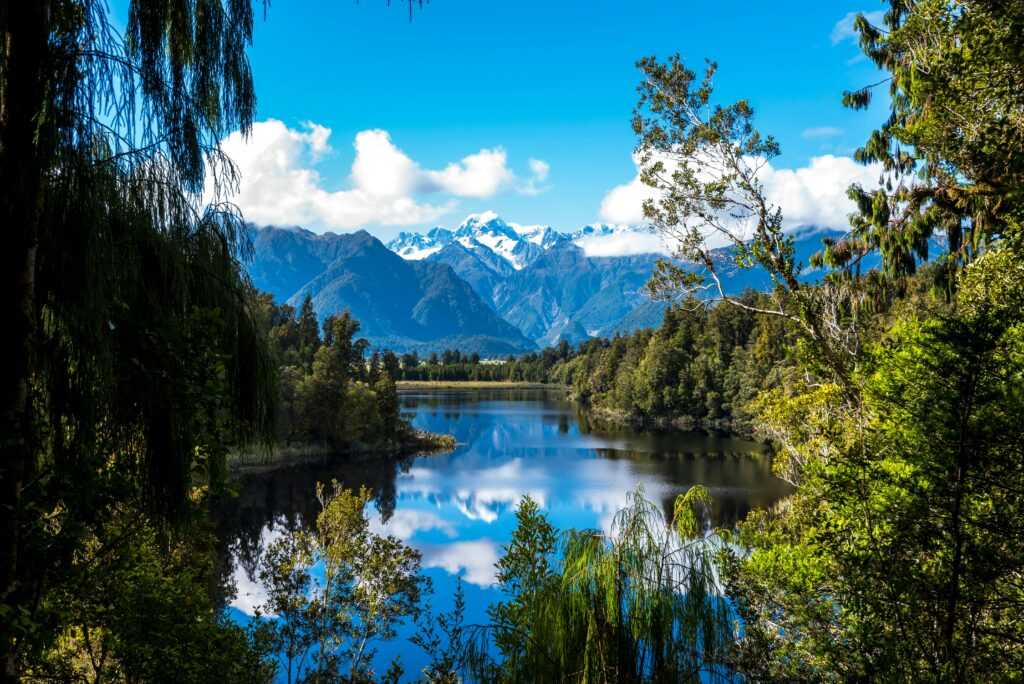Understanding Adventure Vacations
Adventure vacations offer unique experiences, blending physical activities with exploration. Unlike typical vacations, these trips focus on outdoor activities that challenge both body and mind. Examples include hikes in remote locations, multi-day kayaking expeditions, and mountain climbing adventures.
Participants gain more than just physical benefits. Mental resilience increases as hurdles are overcome during activities. Cultural insights are often part of these excursions, providing a richer travel experience.
Types of adventure vacations vary widely. Soft adventure appeals to beginners and includes activities like guided nature walks and easy cycling tours. Hard adventure, suitable for experienced individuals, involves activities such as advanced mountain climbing and deep-sea diving.
Prioritizing safety is crucial in planning. Gear appropriate to the activity ensures protection. Guided tours often have experienced leaders, which can be preferable for beginners.
Understanding fitness levels before planning helps in choosing the right adventure. Physical preparation includes training specific muscle groups. Mental preparation involves setting realistic expectations.
Adventure vacations often take participants to remote locations. Logistics such as transportation and accommodation require careful planning. Knowing local regulations and customs aids in smoother experiences.
Environmental responsibility is key. Following the Leave No Trace principles minimizes impact on natural sites. Choosing eco-friendly operators supports sustainable tourism.
Choosing Your Destination

Selecting a destination sets the stage for an unforgettable adventure vacation. The choice hinges on various factors, including adventure levels and safety concerns.
Evaluating Adventure Levels
Different destinations cater to various adventure intensity levels. Beginners should start with soft adventures like nature walks or easy bike trails. Intermediate adventurers might consider moderate activities such as kayaking or multi-day hiking. Experienced individuals can opt for hard adventures—mountain climbing or white-water rafting, for example—offered in rugged terrains. It’s essential to match the adventure level to your experience and physical conditioning.
Considering Safety and Accessibility
Safety and accessibility are critical when choosing a destination. Ensure your chosen area provides necessary safety measures, including emergency services. Accessibility includes the ease of reaching the destination and the availability of essential amenities. Adventure parks and national trails often offer well-marked paths, emergency shelters, and guides, making them ideal for beginners. In remote areas, consider the distance to the nearest hospital and the reliability of communication networks. Prioritize destinations where safety and accessibility align with your adventure expectations.
Budgeting for Your Trip
Planning a financially responsible adventure vacation ensures a stress-free experience. Addressing key areas helps optimize resources and enhance the overall journey.
Expense Breakdown
Categorize expenses to get a clear picture of where the bulk of your budget will go. Major cost areas include:
- Transportation: Flights, rental cars, and local transit may vary greatly. For instance, international flights cost more than domestic ones.
- Accommodation: Prices range from budget hostels to luxury hotels. Camping can be a wallet-friendly alternative.
- Food and Drink: Dining out can add up quickly. Groceries for self-catering save money in many cases.
- Activities: Adventure sports and guided tours come with fees. Compare providers for the best deals.
- Gear: Specialized equipment like hiking boots and backpacks is sometimes essential. Renting can be more economical.
Tips for Saving Money
Implementing money-saving strategies preserves funds for more adventures:
- Book in Advance: Secure flights and accommodations early to take advantage of discounts.
- Travel Off-Season: Explore popular destinations during their off-peak periods for lower costs and fewer crowds.
- Use Reward Programs: Capitalize on airline miles and hotel points accumulated through regular expenses.
- Opt for Free Activities: Seek out cost-free attractions and DIY tours. Many hiking trails and natural parks don’t charge entry fees.
- Pack Smart: Bring versatile clothing and essential gear to minimize the need for in-trip purchases.
By managing finances carefully, I can make the most of my adventure vacation without unnecessary financial strain.
Packing Essentials
Preparing for an adventure vacation requires thoughtful selection of gear and clothing to ensure safety and comfort in varied terrains and weather conditions.
Gear and Equipment
Choosing the right gear is crucial for a successful adventure. First, I’ll recommend a durable backpack, choosing one with multiple compartments for better organization. For navigation and safety, pack a reliable GPS device and a whistle, avoiding areas without cell service. Always include a first-aid kit with essentials like bandages, antiseptic wipes, and pain relievers. If your adventure involves water, like kayaking or rafting, pack a waterproof dry bag to protect electronics and clothing. For sleep, consider a lightweight, compact sleeping bag suitable for the climate. Don’t forget multi-tools, offering versatility for various challenges. Finally, ensure the gear fits comfortably and meets your trip’s specific needs.
Clothing and Footwear
Selecting the right clothing and footwear ensures comfort and protection. Begin with moisture-wicking base layers to keep sweat away from your skin. For insulation, pack lightweight but warm mid-layers like fleece or down jackets. Add a waterproof outer shell to protect against rain and wind. For footwear, sturdy, broken-in hiking boots with good ankle support prevent injuries. Water-resistant boots are ideal for wet conditions. Include a hat and gloves for cold climates. Pack quick-dry pants and shorts for varied weather conditions. Always choose clothing made from breathable, lightweight fabrics that offer UV protection.
Planning Activities
Careful planning of activities ensures an epic adventure vacation. Focusing on research and booking guarantees an unforgettable experience.
Researching Local Activities
Understand local activities by gathering detailed information. Use travel forums, official tourism websites, and travel guides to identify popular options. Look for reviews from other travelers to gauge the quality of these activities. If you prefer unique experiences, consider off-the-beaten-path options. Check for any seasonal restrictions which might affect availability.
Booking Tours and Guides
Book necessary tours and guides well in advance. Choose reputable companies by reading reviews and recommendations. Ensure guides are certified and experienced in the activity chosen. Booking directly through official websites can often avoid hidden fees. If you’re traveling during peak season, booking early guarantees availability.
Planning activities carefully and efficiently enhances the overall adventure experience.
Staying Safe on Your Adventure
Adventure vacations offer thrilling experiences but safety is crucial. I’ll cover key aspects to ensure a secure trip.
Health and Travel Insurance
Investing in comprehensive travel insurance guards against unexpected costs. Policies commonly cover medical emergencies, trip cancellations, and equipment loss. Verify that your insurance includes adventure activities, such as hiking or kayaking, to avoid denied claims. Compare different providers and read reviews for reliability.
Emergency Preparedness
Being prepared can mean the difference between a mishap and a disaster. Carry a first-aid kit suited for your planned activities. Install relevant emergency apps on your phone; many provide offline maps and SOS features. Share your itinerary with someone you trust, then carry identification and emergency contact information. Learn basic skills like CPR and how to use a GPS device. Research local emergency services for quick access if needed.




